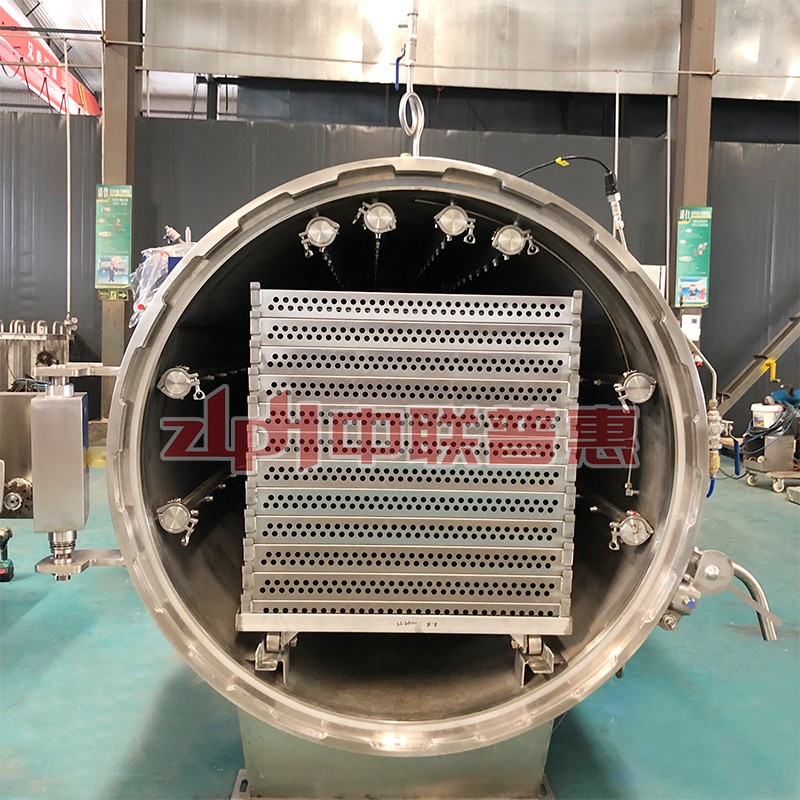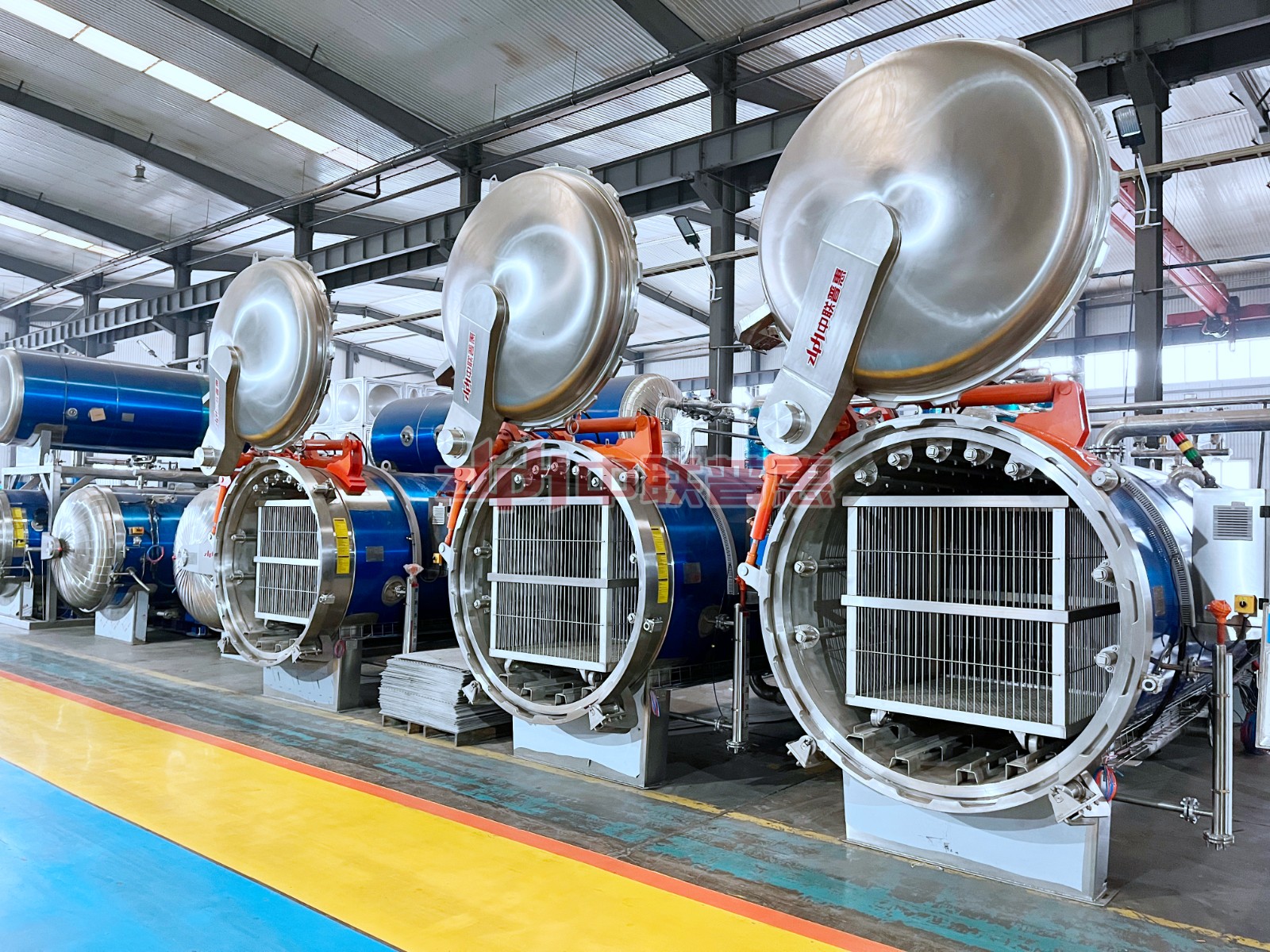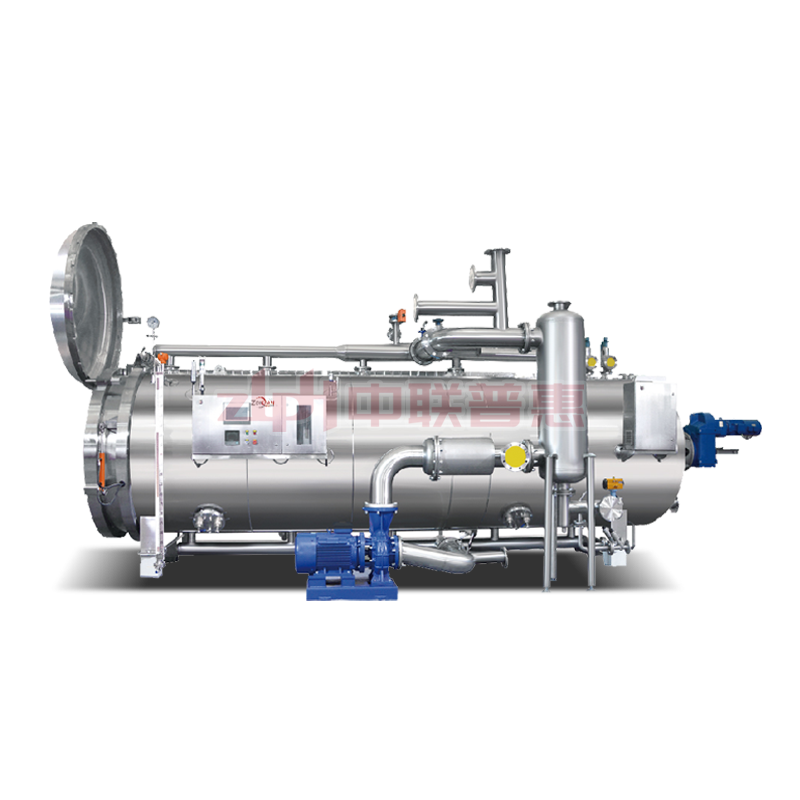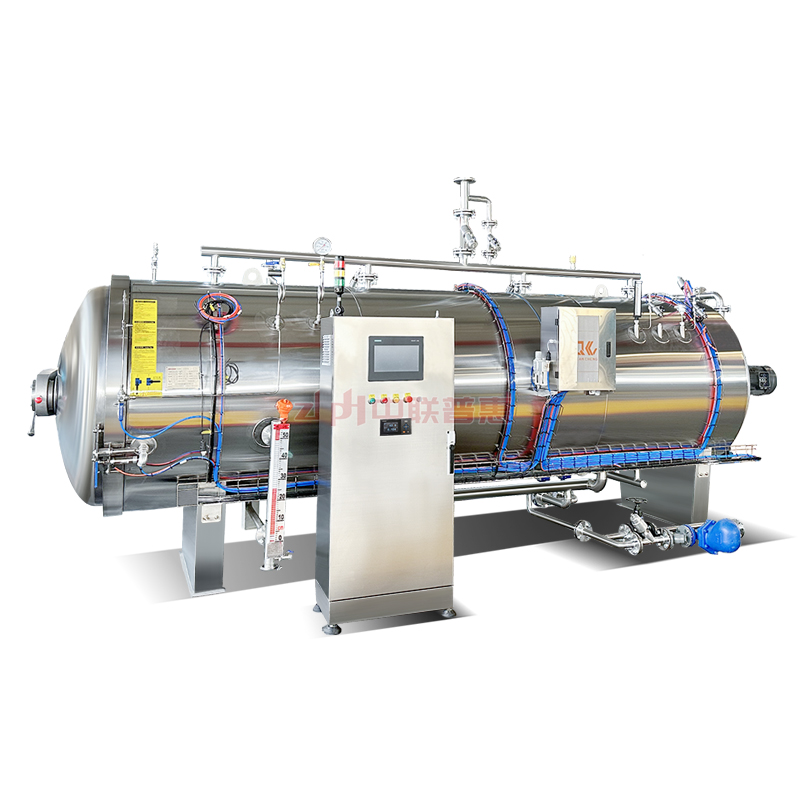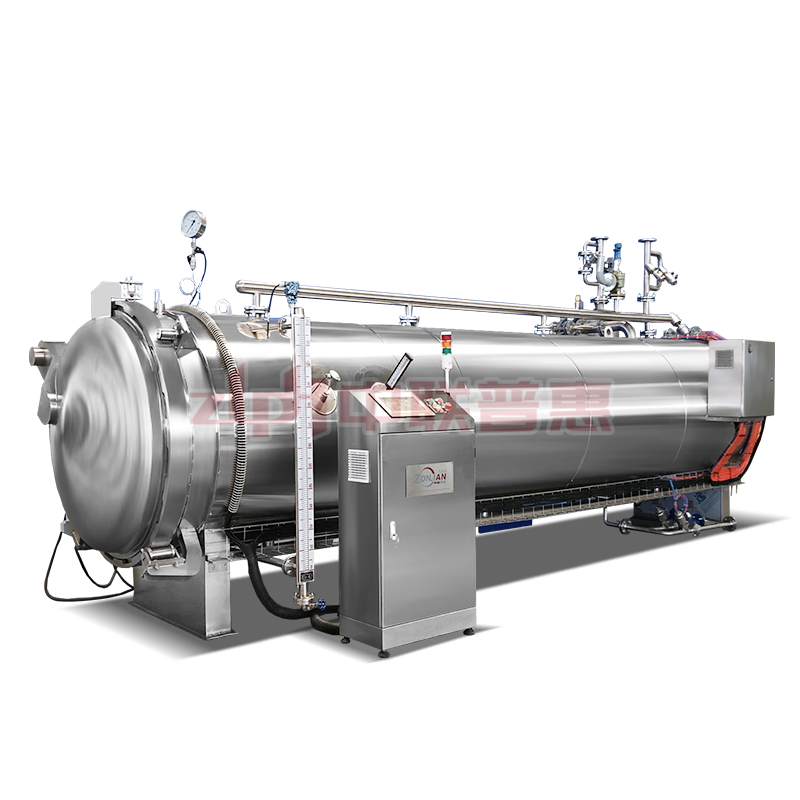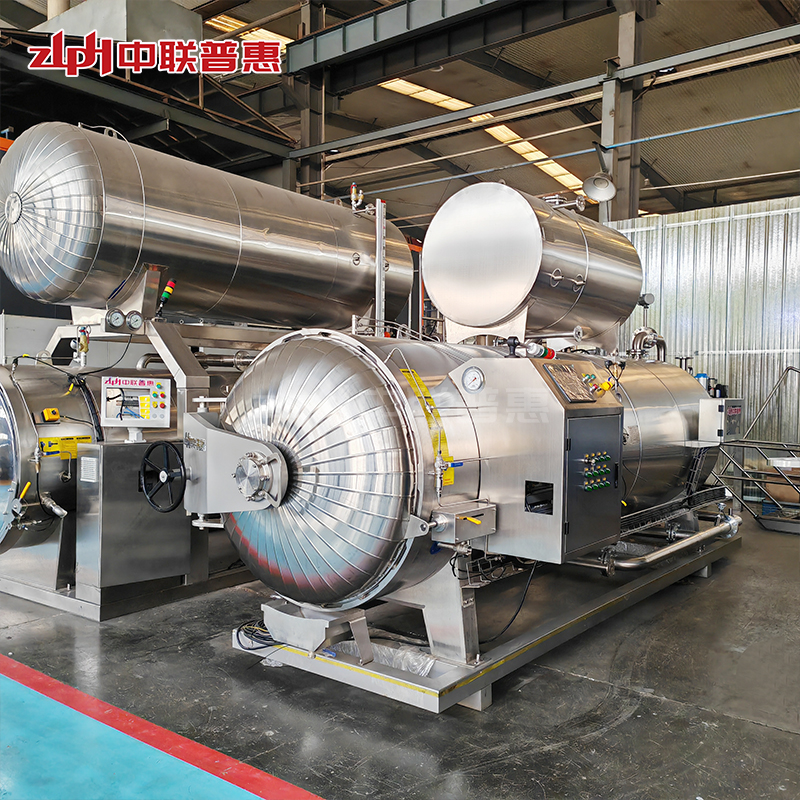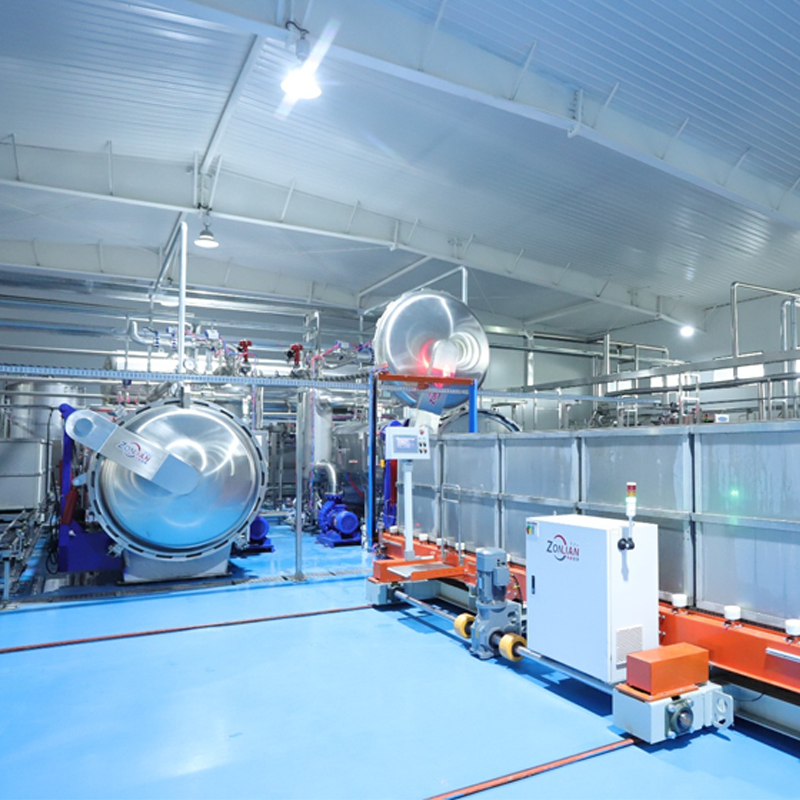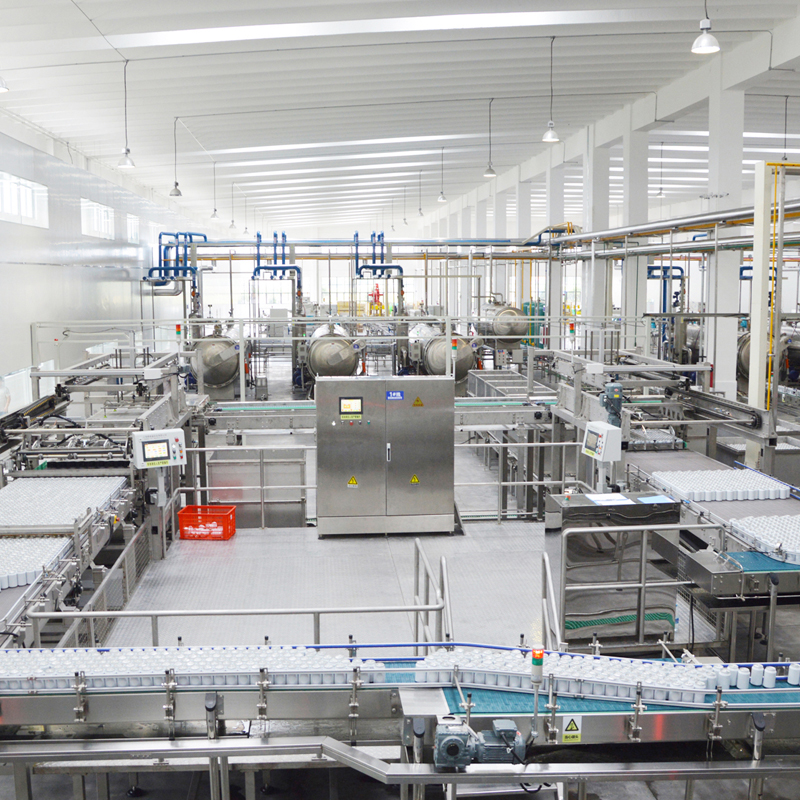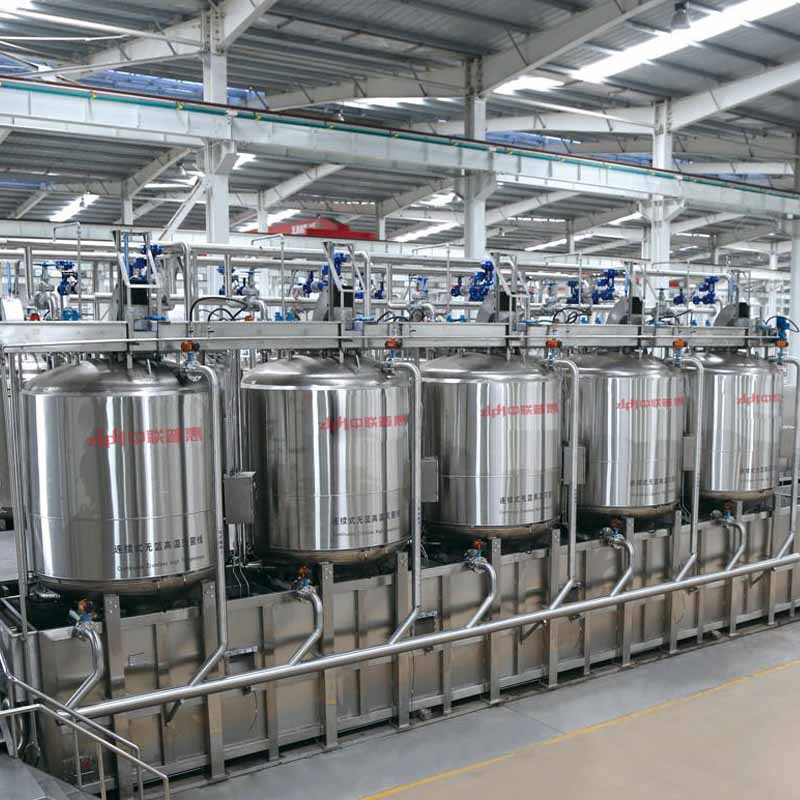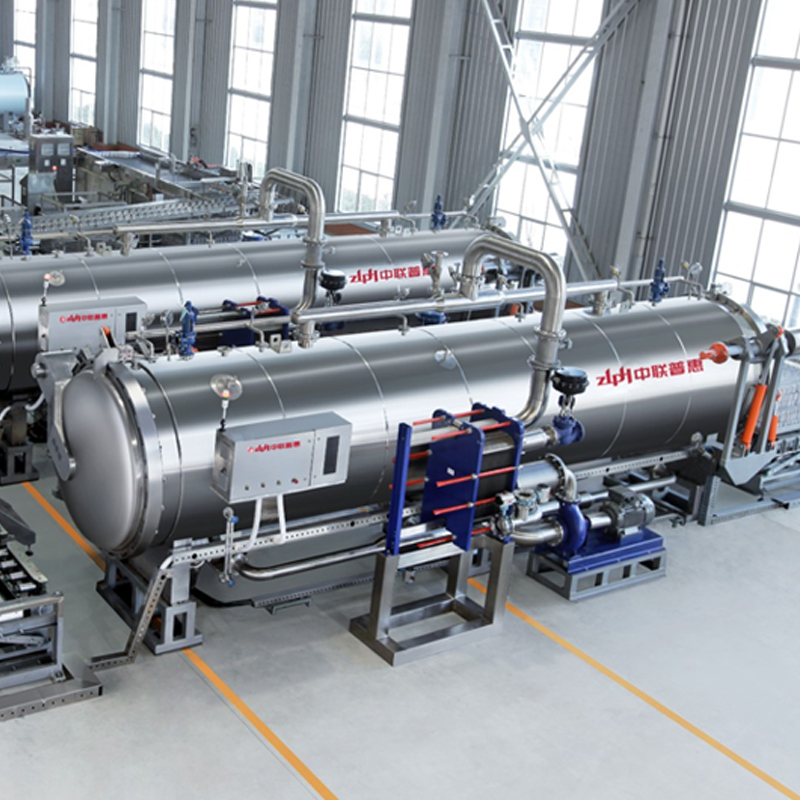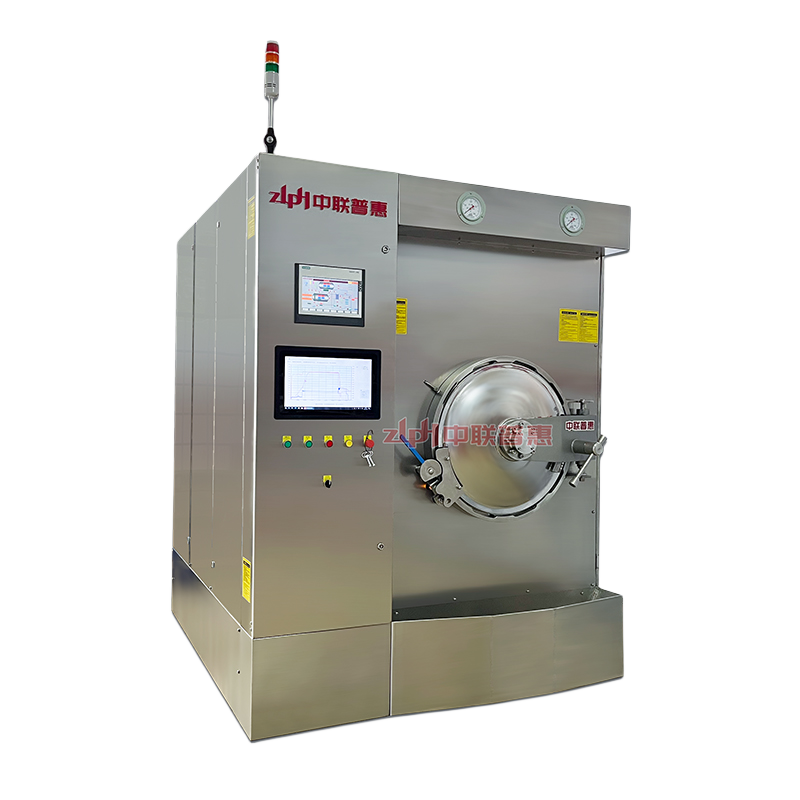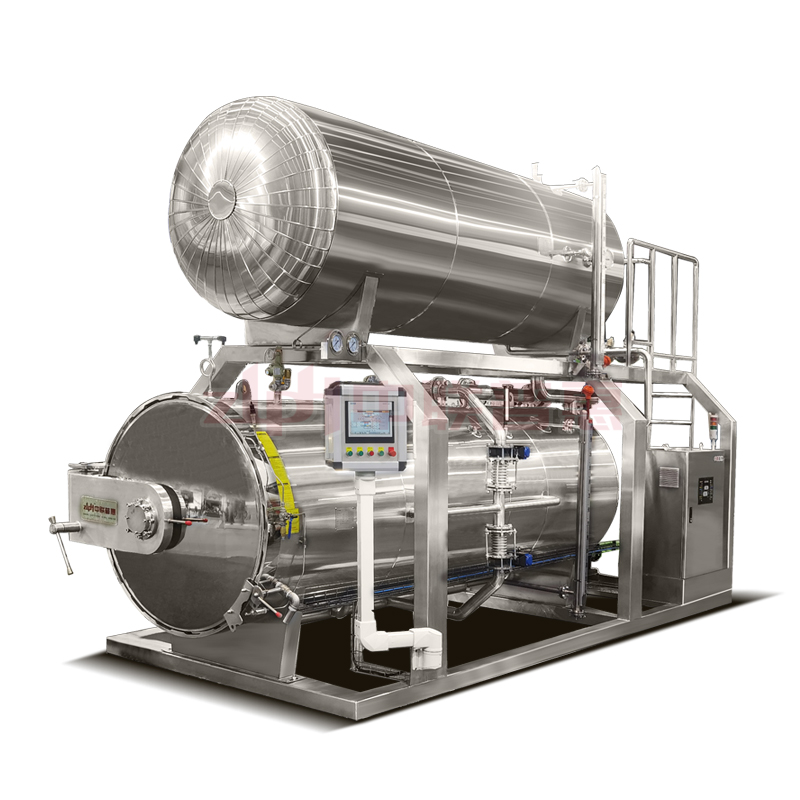In the retort autoclave industry, a revolution regarding efficiency and cost is quietly emerging—the concept of modular design has made a strong debut, bringing numerous benefits to enterprise production.
Previously, once a retort autoclave malfunctioned, maintenance personnel often had to conduct a dddhhhcomprehensivedddhhh inspection of the entire machine, which was time-consuming and labor-intensive, and frequently caused the equipment to be shut down for several days, dealing a heavy blow to production plans. Nowadays, the modular design has broken this deadlock. It disassembles the complex retort autoclave into multiple functionally independent modules, each with its own responsibilities. Once a certain part fails, the staff don't need to overhaul the entire machine; they only need to quickly replace the corresponding new module to restart the equipment promptly.
A large food processing enterprise is a direct beneficiary of this innovative design. In the past, when faced with a retort autoclave failure, the average maintenance time was 3 days, the production line stagnated, and the pressure to deliver orders was enormous. Since the introduction of modular retort autoclaves, the situation has changed significantly. During the most recent sudden failure, the maintenance team completed the replacement in less than 4 hours, and the production line resumed operation immediately.
Moreover, the modular design has also reshaped the enterprise's inventory management model. Enterprises no longer need to reserve large amounts of storage space for a wide variety of spare parts; they only need to stock commonly used modules. As a result, the occupation of inventory funds has been reduced by more than 50%, and capital flow has become more flexible. For enterprises, modular retort autoclaves are not just a piece of equipment, but also a powerful assistant for enhancing the flexibility and stability of production operations, leading the industry towards a more efficient future.
